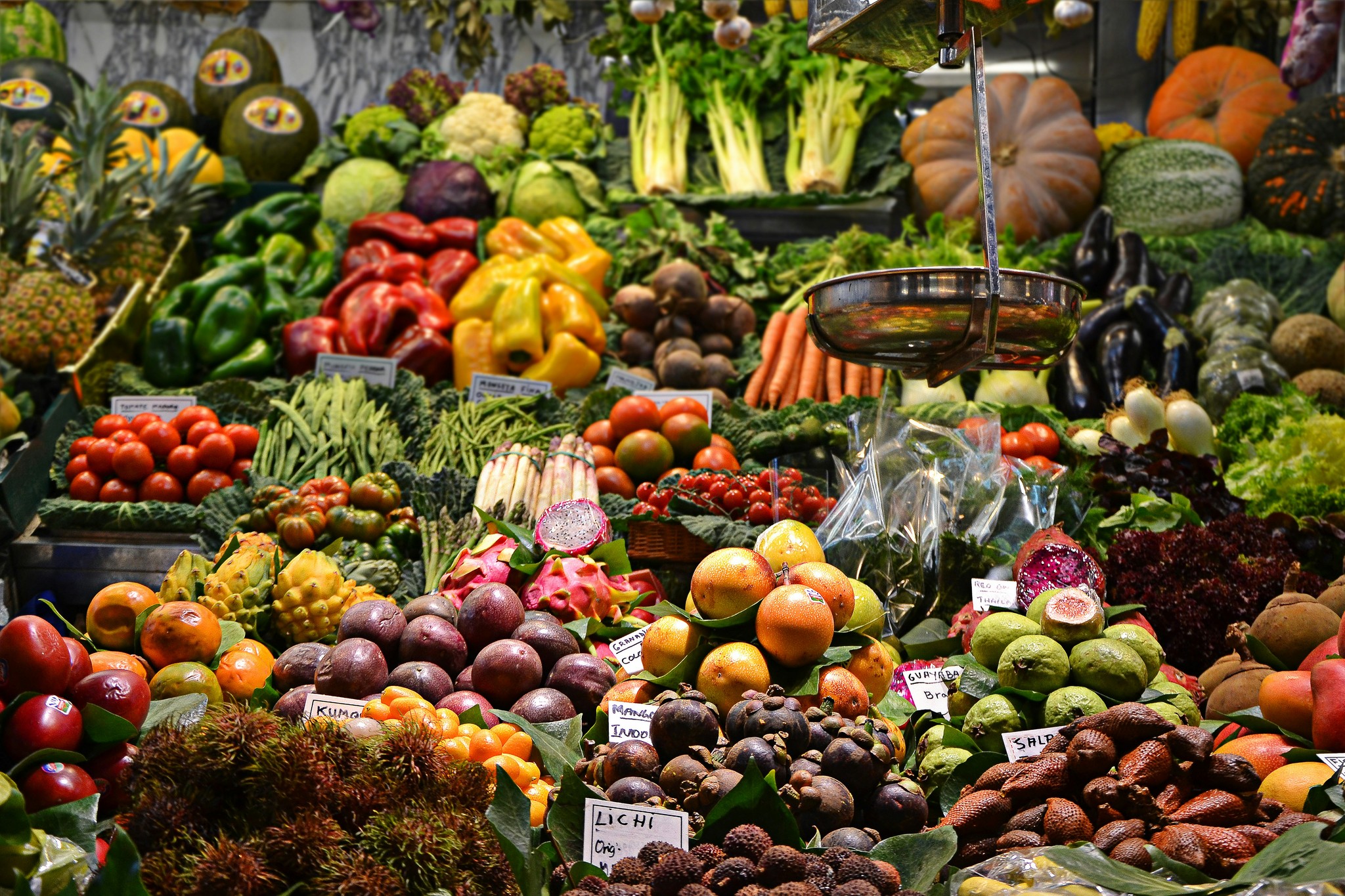〽️ Join the Umich Challenge
Get our free email course and learn everything you need to know about zero waste in five resource-packed emails.
Why Zero Waste?
Trash is environmental impact you can touch, understand, and act on. It's the very last step in a long chain of extraction that does real damage to people and the planet. When we find ways to eliminate waste we not only avoid that harm, we build up alternatives too!
We’ve made more plastic in the last 10 years than in the preceding century. This exponential rise in production places an incredibly heavy burden on the people and animals that have to live near or among the things we throw away.
Couple that with the fact that 90% of a product’s environmental impact happens before you even open the package and we start to understand the true scale of the problem we’re facing.
Upstream Impact
When we throw something away, the waste we see is just a small moment in a much larger story. The real problem is that for each pound of waste we create, 32 pounds are created upstream of us. That’s because each new thing requires all kinds of extraction, shipping, refining, and packaging before it even lands in the store.
Real solutions to the waste crisis focus on reducing consumption in the first place and using only resources we have already extracted. Zero waste is not about "throwing away better," but rather eliminating the need to constantly purchase new things.
Climate
70% of global greenhouse emissions come from our food and stuff. Extracting, transporting, manufacturing, storing, using, and disposing of things that end up in landfills are huge drivers of climate change and equally big opportunities to quickly address the climate and environmental crisis.

At School
From kindergarten to college, schools are the perfect place to start zero waste thinking.
Featured Blog Posts
Get blog posts delivered directly to your inbox as soon as they go live:







